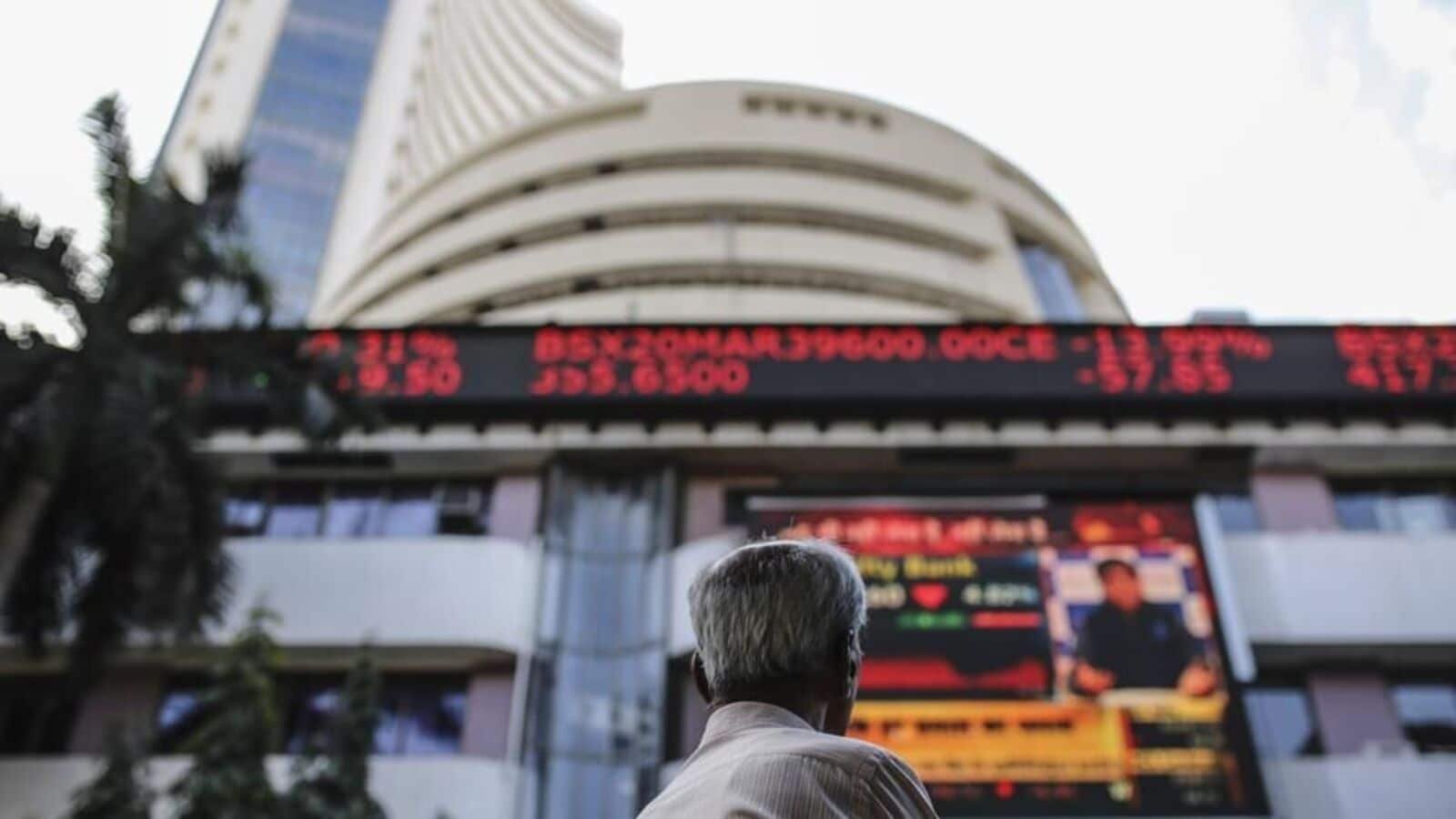Foreign institutional investors (FIIs) have unloaded a record ₹1.1 trillion worth of Indian shares from the cash market this October, marking the heaviest monthly outflow yet and rattling investor sentiment.
The selloff, driven by factors ranging from the upcoming US presidential election to disappointing earnings, has plunged India’s benchmarks while domestic investors scramble to counterbalance the exodus.
Read this | NSE cash volumes sink to six-month low ahead of Sebi’s F&O curbs
This level of FII outflow eclipses even the pandemic-driven selling in March 2020, which saw ₹60,321 crore in cash market exits, according to NSDL data. Notably, this figure excludes FII primary market activities, where they often remain net buyers.
Including purchases in initial public offerings (IPOs) and other primary channels, the net outflow for October stands at ₹91,819 crore, still a staggering departure after four consecutive months of net buying totalling ₹1.24 trillion.
“A host of factors such as uncertainty ahead of the US presidential polls on 5 November , China stimulus-driven rally and Q2 earnings misses have led to the huge outflows,” said Andrew Holland, chief executive, Avendus Capital Public Markets Alternate Strategies.
This sustained selling pressure has sent the Nifty and Sensex down around 6% each in the month through 30 October, levels that could have been steeper if not for strong support from domestic institutional investors (DIIs).
More here | Stock market likely to continue its downtrend till US elections get over
Domestic players, primarily mutual funds, injected ₹1.03 trillion, partially offsetting the FII withdrawals.
Dhiraj Sachdev, CIO of Roha Venture, a family office fund, anticipates an additional 3-4% decline in the indices, although he believes the worst of the correction may be over.
“The SIP investors have created a structural change in the markets which post covid have tended to see shorter price corrections and bounced back fairly soon. I expect the FII selling also to taper off soon,” Sachdev said, cautioning that high-beta small and midcap indices may take a larger hit due to their five-year rally..
As the Nifty reached a peak of 26,277.35 in late September, China’s Shanghai Composite surged 20% to a 52-week high, following a series of fiscal and monetary policies aimed at stabilizing its economy. The Chinese rally has siphoned off some foreign investment from India.
“Mutual funds have been able to support the markets on the back of being equity net sales positive month on month for the past 43 months ,” said Satish Prabhu, vice president and head of direct customer engagement at Franklin Templeton Asset Management (India) Pvt Ltd.
This steady flow into funds, exceeding investor redemptions, has bolstered the Indian market during the FII exodus.
Also Read | Sebi’s crackdown seen cooling India’s options frenzy even as guard rails go up
Earnings woes have added to the bearish outlook. Second-quarter earnings for 1,042 companies showed a 2.6% drop in aggregate net profit to ₹2.5 trillion, with sales growth slowing to 7.96%. In comparison, first-quarter profits rose 5.62% on a 10.46% sales increase, underscoring the headwinds facing India’s economic rebound.



